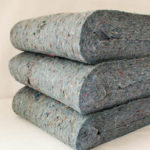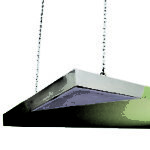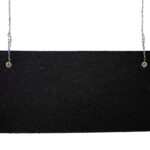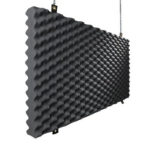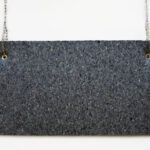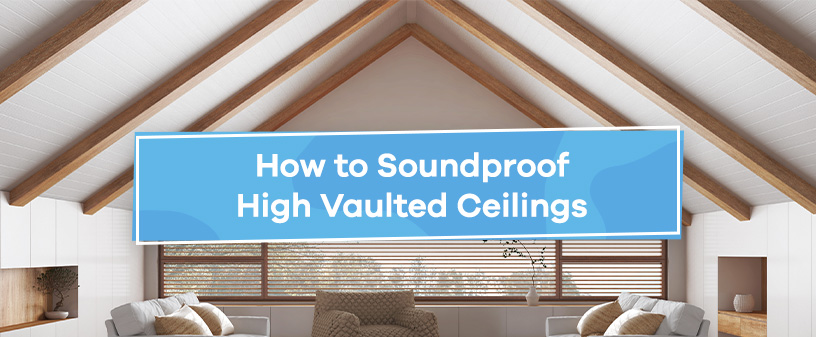
Rooms with high vaulted ceilings create large, open spaces, which many people desire for their homes. These spaces are also necessary in public buildings like gymnasiums or museums. While a high ceiling has many advantages, it can cause loud, echoing sounds. Soundproofing can combat this issue to create the ideal sound environment.
Why Do High Ceilings Need Soundproofing?
High vaulted ceilings give the sound a bigger space to travel, resulting in more noise. These ceilings sometimes have steel or concrete components that cause sound to bounce and echo rather than absorbing it. Soundproofing can reduce excess noise and create more pleasant spaces.
This practice is necessary for many rooms and buildings with high ceilings, such as:
- Loft apartments
- Historic homes
- Modern mansions
- Cathedrals
- Hotels
- Museums
- Libraries
- Lecture halls
- Auditoriums
What Materials Should You Use?
Rooms with high ceilings come with soundproofing challenges, as the size of the space often requires unique solutions. Here are a few materials you might use when soundproofing vaulted ceilings.
Acoustic Ceiling Tiles or Panels
Acoustic tiles can replace regular ceiling tiles to reduce noise spread throughout a room. These tiles improve sound quality by absorbing sound waves and reducing echo.
Ceiling panels mount directly to the ceiling surface rather than below the ceiling like acoustic tiles. Soundproof ceiling tile options include art panels, fabric-wrapped panels or perforated acoustic wood panels.
Ceiling Clouds or Baffles
Acoustic ceiling clouds hang down horizontally from the ceiling using chains and hooks. The acoustic material of the cloud absorbs sound before it can echo or reflect through an expansive space. When suspended below the ceiling, clouds absorb sound from both sides for added performance.
Baffles hang vertically from the ceiling rather than horizontally. Hanging vertical baffles reduces sound traveling from side to side in the ceiling area.
Ceiling Insulation
Ceiling insulation goes between wood and metal studs during the construction process for a vaulted ceiling. You can purchase special soundproofing insulation to reduce noise. Soundproofing insulation is beneficial in scenarios where rooms sit above vaulted ceilings. The insulation stops footsteps or other noises from passing through the floor and echoing in the vaulted room below.
Ideal Ceiling Coverage
You want to reduce echo in a room with high ceilings without losing the sound quality. When adding soundproofing to a vaulted ceiling, aim for about 40% coverage. This coverage allows for avoiding ceiling features like lights, ducts, air registers, speakers and sprinkler heads.
Balanced coverage also maintains a higher degree of sound quality rather than making the sound feel flat. Vaulted ceilings in rooms like auditoriums and lecture halls require balance to maintain acoustic quality while reducing unwanted noise.
Find Vaulted Ceiling Soundproofing
Vaulted ceilings, while creating open spaces, allow room for sound to spread and echo. Soundproofing solutions like insulation, baffles or acoustic panels can improve acoustics in these areas by absorbing some of the sound waves.
Soundproof Cow has various ceiling soundproofing solutions to improve sound quality in rooms with vaulted ceilings. Muffle sounds like no udder with Soundproof Cow. Find our solutions online or contact us to speak with an expert.





